Images, text and video by Hergen Spalink, via Nauticam.
The Nauticam Extended Macro Wide Lens, or EMWL, is actually a set of interchangeable objective lenses that are paired with a relay and focusing unit that truly changes how we capture macro images. For this article, the EMWL was paired with the Sony ⍺1 in the Nauticam NA-⍺1 Housing using the Sony FE 90mm f/2.8 Macro G OSS Lens behind the N100 Macro Port 105 with the M67 to Bayonet Mount Converter II.


The EMWL installed on the NA-⍺1 housing on the tender boat of Alam Batu Beach Bungalow Resort in Bali alongside two NA-A7RV housings and Mt. Agung in the background.
The possible use cases for the EMWL are expansive and this article only scratches the surface and applies mostly to using the EMWL to capture video of traditional macro subjects. Close-focus wide-angle macro, macro-wide, super-macro; the terminology for the types of images that can be captured with this setup are lacking and don't accurately describe what can be achieved. I'll do my best to describe and show the true benefits of using this system while highlighting the initial challenges and giving some field notes on practical use considerations.
Bali is a spectacular destination for the EMWL with an incredible array of macro creatures both on the larger and microscopic end of the size scale with generally good visibility and easy dive conditions. On this particular trip we often had strong wind that often resulted in surge which made shooting macro video even more of a challenge than it already is. These challenging conditions, however, did helped us develop some of the field notes that will hopefully help others looking to use the EMWL is less than ideal conditions.
THE SETUP
The Sony ⍺1 was in the Nauticam NA-⍺1 Housing alongside the Atomos Ninja V+ housed in the NA-NinjaV. The housing was equipped with the optional Mounting Ball Set for Tripod Legs kit to which were mounted the INON extendable tripod legs. Lighting was provided by either a set of Keldan 8XR video lights or a set of Backscatter MWL-4300 lights with Bold Color Filters.
Setting up and balancing this kit is the foremost consideration when using the EMWL. The lens is quite long and heavy which places a good deal of weight out front of the housing. In order to light the subject, our lights must also be placed at the same distance as the objective lens. Using Nauticam Carbon Fiber Float Arms, it's possible to easily offset both the weight of the lens and position the lights appropriately. In this case, we used a total of 5 arms. On both the right and left handle mounts, we used a combination of 70x300mm and 70x250mm arms on each side, paired with a Long Multipurpose Clamp with Shackle (allows the arms to sit parallel during transport) to mount the lights and also carry the system via a 27mm Lanyard with Snap Hooks. Attached to a Strobe Mounting Ball for Cold Shoe atop the macro port, we also used a 70x300mm Carbon Fiber Float Arm, which would be placed parallel to the EMWL during the dive and upright during transit (see image below) and could also hold a third light if necessary. The EMWL is easily removable, even underwater, via the bayonet mount system, and we did not travel to or from the dive boat with the lens attached. I would back-roll holding the lens and only attach it once I was handed down my housing. Because of the extra lift necessary for the EMWL, the housing without the lens attached was buoyant, so I wasn't concerned with the housing sinking before I was able to attach the lens.
THE EMWL
Each segment of the system (focus unit, relay and objective lens) is removable underwater via the bayonet system. Once at depth and clear of the boat, I would remove each section and use my hand to clear any remaining air bubbles. A rotating collar at each junction allows you to close that section off to prevent new bubbles from entering if you swim through a bubble stream. There is also a optional Water-jacket Kit that can prevent water flow between the segments (we didn't have this as it was still in pre-production). As you will see in the video at the end of the article, because of the amount of surge we had, oftentimes small debris would work its way in between the elements and become clearly visible in the resulting image. The water-jacket kit would prevent this from happening.
While it is possible to switch objective lenses underwater, I chose to only carry one lens on each dive. It would be easy to carry an additional lens in a pocket.
The most challenging aspect of using the EMWL is learning what each objective lens can accomplish. That and having almost two feet of lens sticking out in front of the housing. Until you have experimented with each lens and built up a mental library of what each can do, it's difficult to know the type of shot you can pull off. This was one of the reasons I chose to use only one lens per dive so as to force myself to really understand each lens.
PRACTICAL CONSIDERATIONS
Some practical considerations for diving with the EMWL. Even with the added flotation, the system as we had it setup was still slightly negative at the objective lens end and nearly neutral at the housing end. When swimming with the system, I would turn the system around so the objective lens was facing me and hold the EMWL with one hand the housing with the other. I chose this orientation to prevent myself from damaging the objective lens through accidentally running into things. It's also easier on your wrists.

The easiest way to swim with the EMWL underwater in calm conditions as demonstrated by my buddy. In current or surge, I also place one hand on the housing.
The 130º objective lens, which gives the most "close-focus wide-angle macro" look also features the largest, most exposed and therefore most easily scratched front element. To prevent myself from carelessly damaging the lens, I would position one of my front mounted INON legs underneath and parallel to the EWWL, with the o-ring of the foot's ball resting against the bottom of the Objective Lens. This would prevent me from accidentally scratching the bottom section when setting up a shot as one of the benefits of this lens is being able to get extremely low angles of approach to the subject and having the lens resting on or just above the substrate. I would only move the arm if I was certain I would not be in danger of damaging the glass (such as when using the tripod as an actual tripod and not as a bumper).

My buddy demonstrates using the EMWL with 130º objective lens to film a ghost pipefish in tripod configuration.
STABILIZATION
The Sony ɑ1, along with most most other cameras that one would pair with the EMWL, have exceptional stabilization. The camera determines the amount of stabilization by looking at which lens is attached. When using the EMWL, the camera bases it's stabilization on the 90mm macro lens. Unfortunately, this is not representative of the field-of-view we are actually getting with the EMWL. This can lead to very jerky and unpredictable results. Luckily, Sony lets you instead choose a focal length manually. I found that choosing 16mm or thereabouts yielded far more manageable results (this also applies to other Nauticam optics such as the WACP and WWL, which use a 28-60mm lens).
Positioning the camera and lens takes longer that for a traditional shot but as with anything else, the more you do it, the more second-nature it becomes. Understanding the working distance of each lens also takes time.
THE 130º LENS
The 130º Objective Lens generates the most unique look that most would associate with a classic close-focus wide-angle macro image and is exceptional for slightly larger subjects. The real power of this lens comes from the relay lens, which allows you the extra distance from the subject to place the lens at or below the subject's level. As it is also a true wide-angle lens, the large depth of field is evident in the shot.

Rhinopias filmed using the 130º objective lens on the EMWL. Using colored filters on the lights enhances the surroundings. The incredible depth of field and sharpness of the lens is evident in this image.

Shrimp riding a nudibranch filmed with the 130º objective lens. The low angle of approach is one of the coolest features of the EMWL allowing the viewer to be on the same plane as the subject.
THE 100º LENS
The small front element of this lens means it can get into spaces and closer to subjects that other traditional lenses. With so many macro subjects of the smaller variety in Bali, this lens proved to be one my favorites. It is a true workhorse, able to capture more wide-angle scenes as well as traditional macro simply by varying your distance to the subject by a relatively small amount. This allowed for capturing a variety of shot types of a single subject without compromising image quality.

A ghost pipefish filmed with the 100º objective lens.

The same ghost pipefish, also filmed with the 100º objective lens but at a closer distance. The incredible range of this lens and the unobtrusive nature of the EMWL with the relay lens makes filming skittish subjects so much easier and definitely less traumatic for the animal.

A juvenile and mostly translucent spearing mantis shrimp in its burrow filmed with the 100º lens. Approaching and filming this subject with a standard macro lens is not nearly as easy. Colored lights help enhance the subject's otherwise pale appearance.

A lizardfish tries to swallow its victim. The 100º objective lens lets you get close to the action without scaring off the subject.
THE 60º LENS
This lens definitely feels the most like a traditional macro lens but allows for that extra distance from subject afforded by the relay lens. It has three set points of various focus distances that can be changed underwater allowing for true super-macro performance. Again, being able to place the lens at the level of the subject makes for more engaging images.

A nudibranch crawls along a hydroid. Being able to film super-macro creatures while maintaining your distance is so much better than having to be less than three inches away with your entire system.

Super macro algae shrimp with eggs. Again, shooting super macro with the housing more than a foot away is a game changer.
Note: The 160º lens was not available on this shoot but also delivers a true "close-focus wide-angle macro" look with more barrel distortion associated with fisheye lenses as opposed to the rectilinear look of the 130º.
Lighting the EMWL is a breeze. The small front elements make it easy to light both super-macro and wider subjects with little difficulty. For wider scenes, moving the lights back towards the housing and away from the front element and converging the beams as the subject helps avoid backscatter in silty conditions.
The video below only scratches the surface of possible shot types. In more creative hands, the results are sure to be nothing short of amazing. Even traditional macro imaging is made easier with the EMWL given the additional distance the housing and diver are from the subject coupled with the extremely low angle of approach and the impressively small front elements. Macro imaging will never be the same once you've used an EMWL.
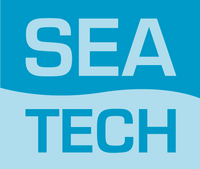
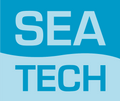
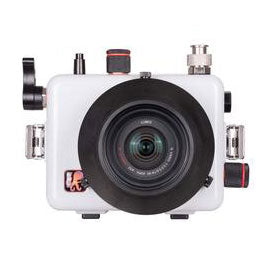
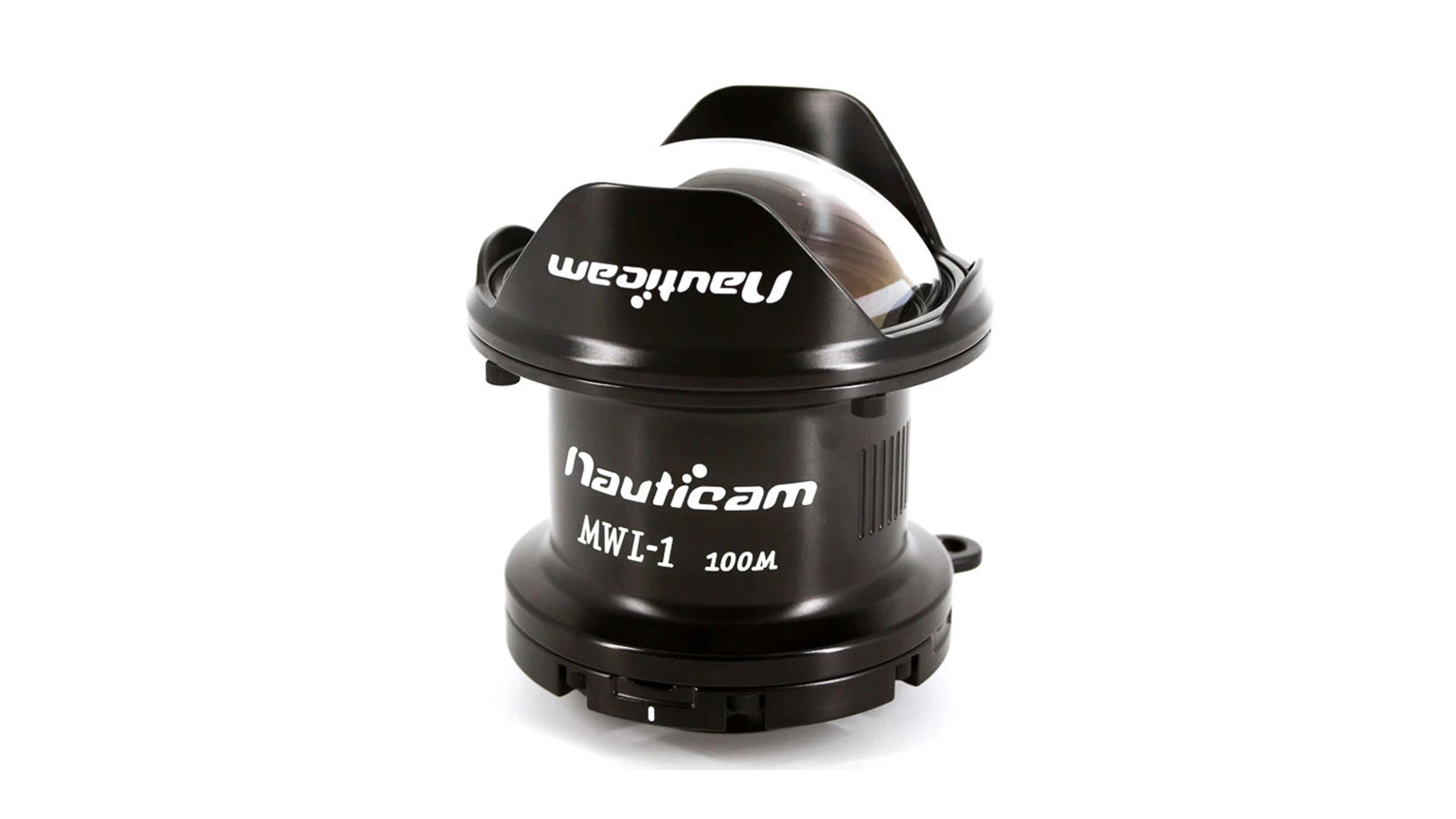
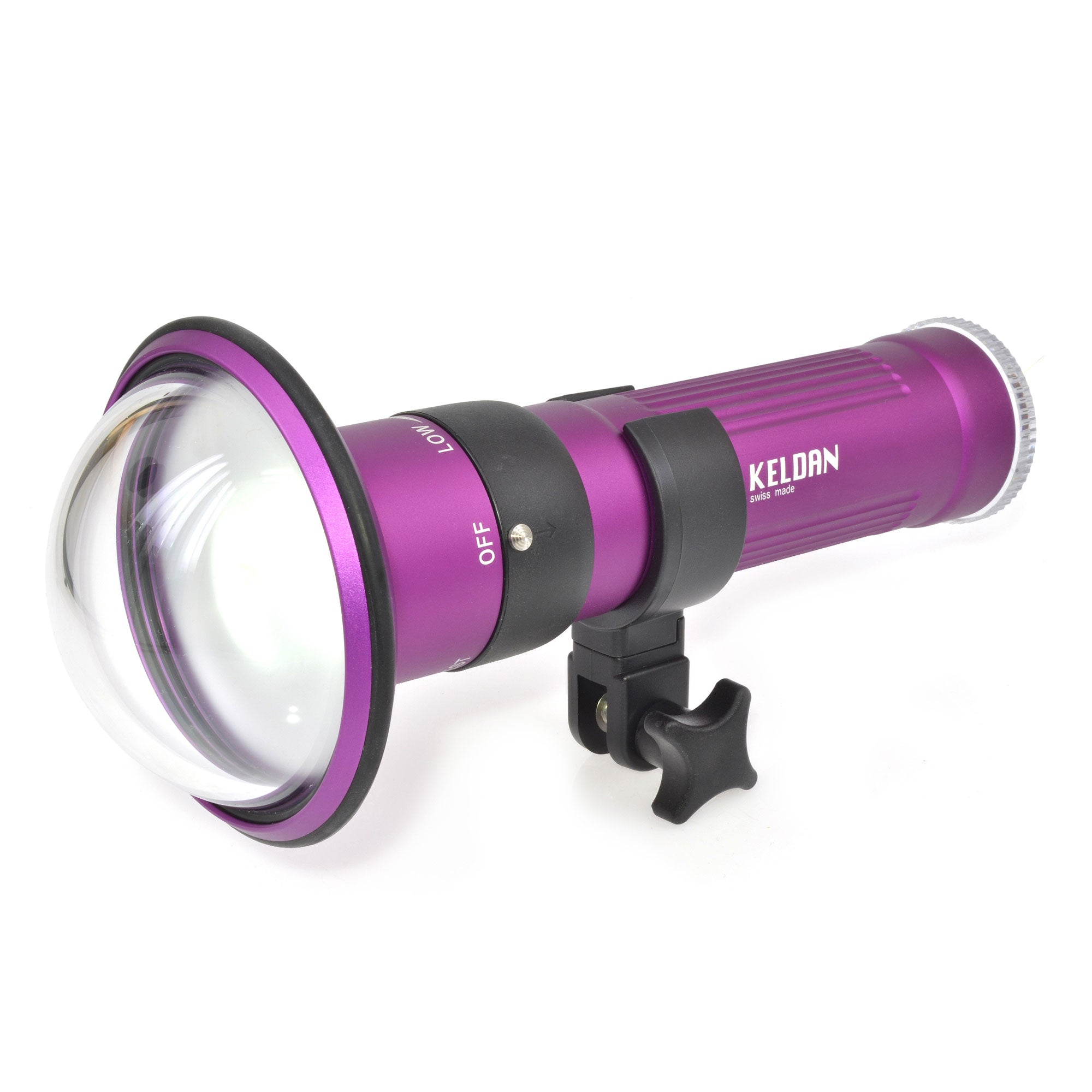
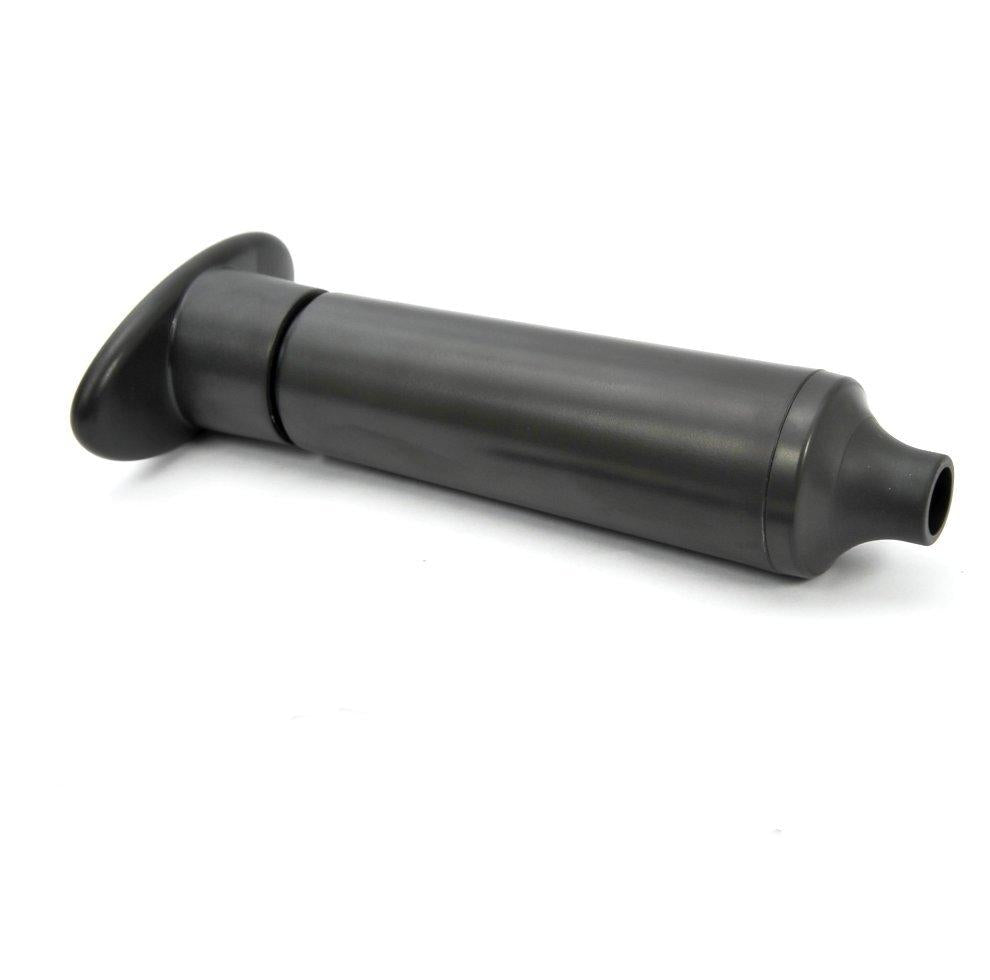
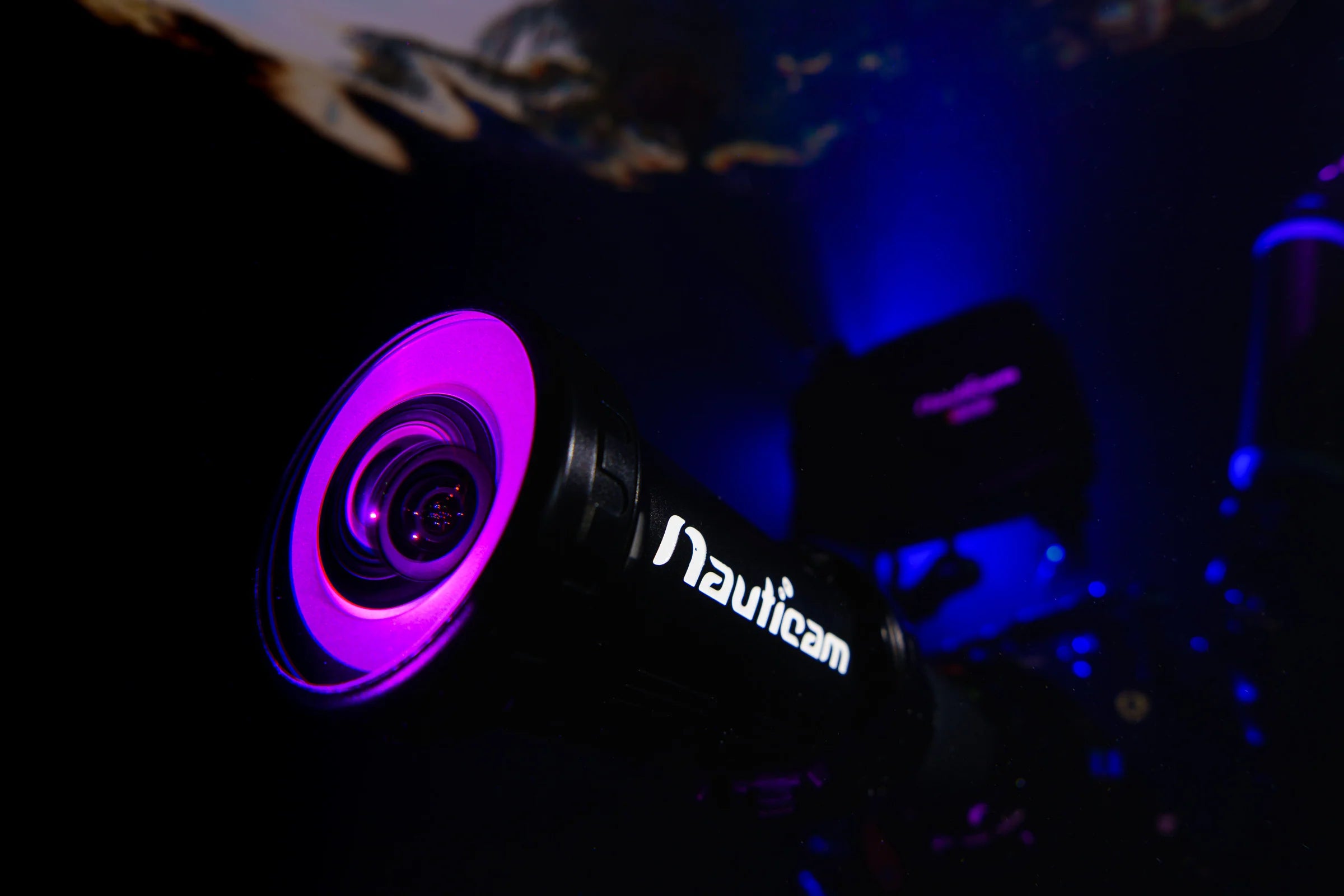



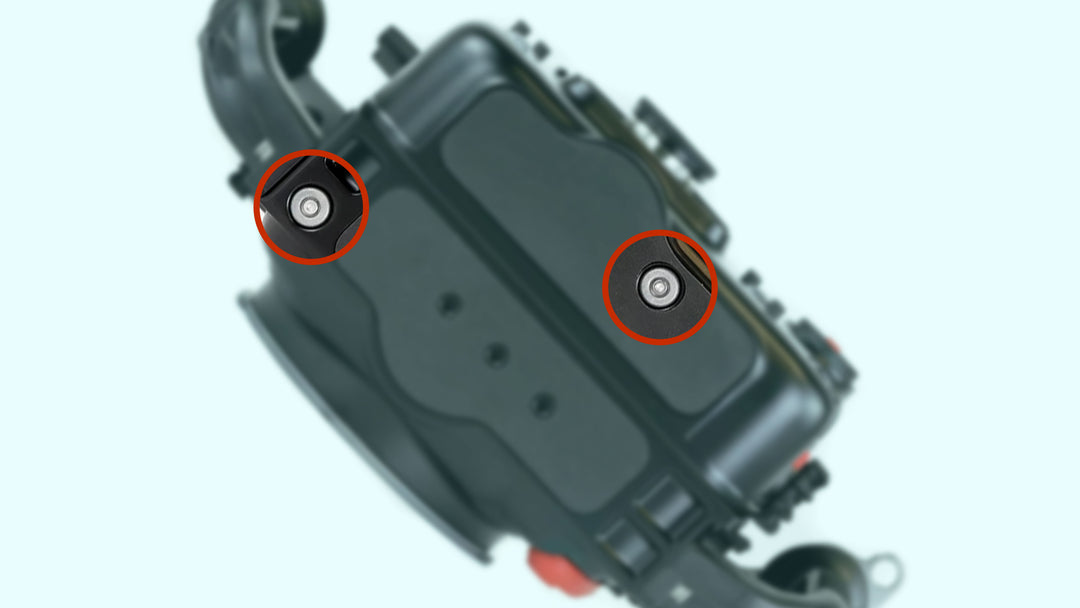
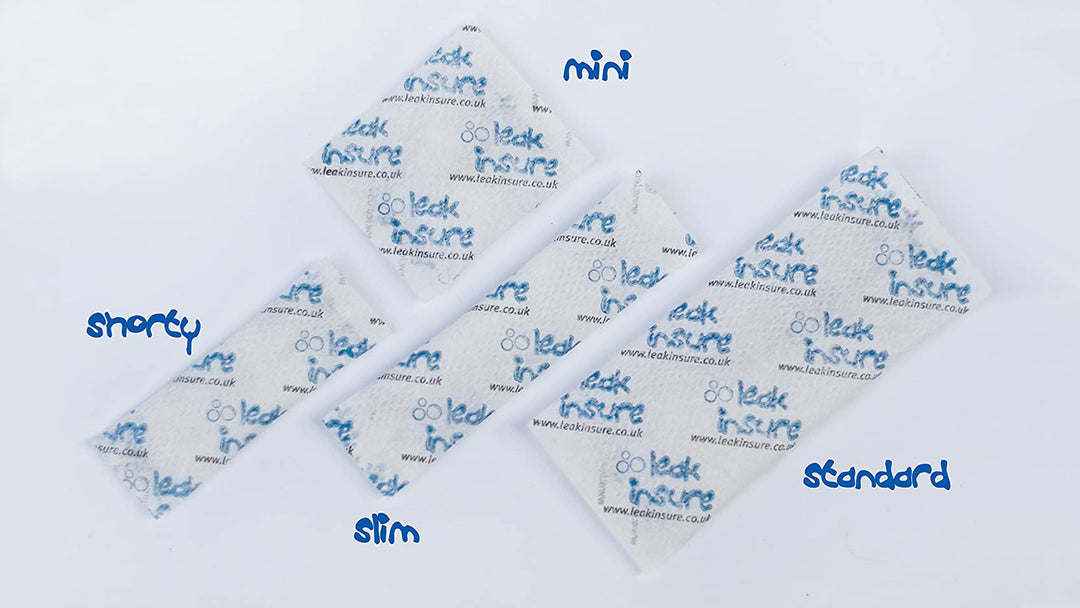
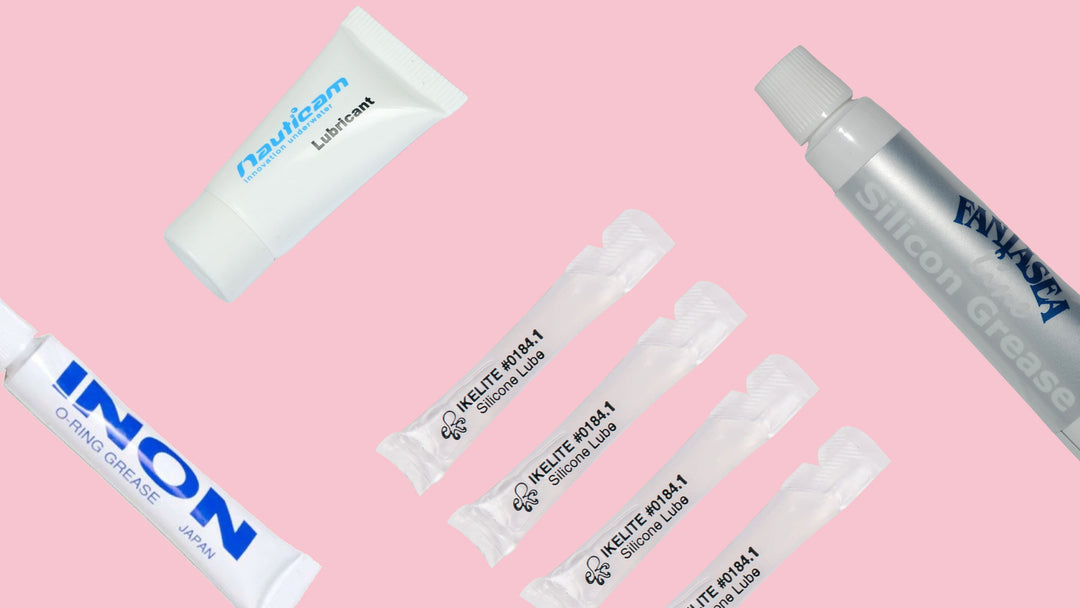
Leave a comment